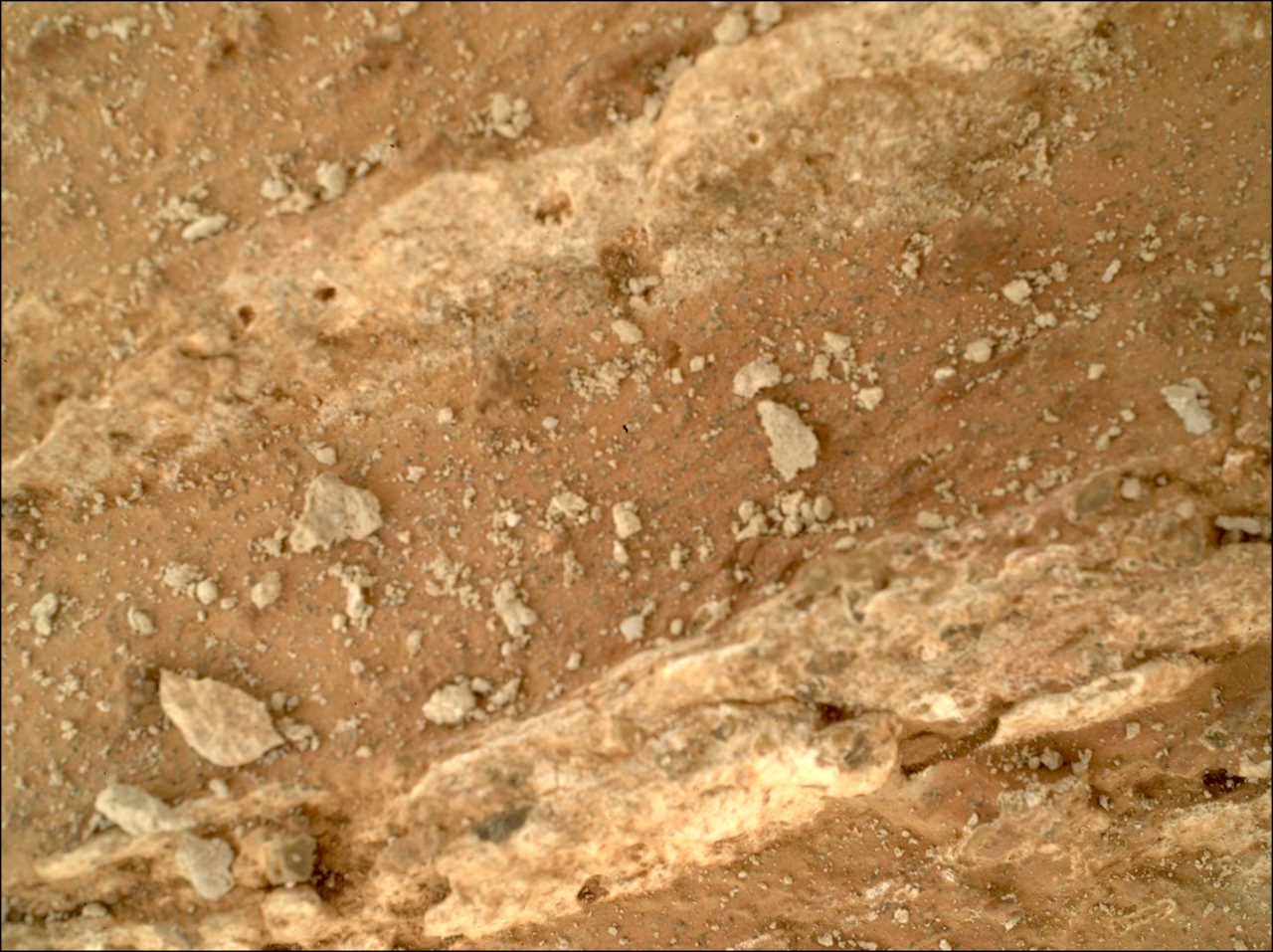The Perseverance rover's SHERLOC instrument has resumed operation and discovered organic compounds on Mars

The SHERLOC instrument aboard the Perseverance rover has re-examined the Martian soil for the first time in half a year, after being disabled in January 2024 due to a malfunctioning shield. Thanks to the efforts of a team of engineers and operators, the instrument was restored in June 2024. This allowed SHERLOC to conduct new studies in Lake Crater, including the discovery of organic compounds in the Cheyava Falls rock, which are important for understanding the early evolution of the carbon cycle on Mars and the planet's potential habitability. The return of the instrument to work was reported on the NASA website.
What is this tool and why did it have to be restored?
The SHERLOC instrument consists of an ultraviolet Raman spectrometer and two cameras: a color WATSON and a black-and-white ACI, which helps adjust the focus of the spectrometer. The instrument stopped working on January 6, 2024, when the movable lens cap became stuck, blocking the field of view.
The SHERLOC team performed an analysis and identified a malfunction in the motor responsible for moving the lid and focusing the instrument. For several months, engineers tested different ways to solve the problem on a replica of the instrument at NASA's Jet Propulsion Laboratory.
After numerous attempts to restore it, including attempts to "shake" SHERLOC and heat the engine, on March 3rd the hatch was opened 180 degrees and SHERLOC was able to see again. In June 2024, engineers fixed the camera's focus problems, so SHERLOC fully recovered and was able to resume its primary mission of searching for signs of life on Mars.
Investigations of the Cheyava Falls rock by the SHERLOC instrument helped reveal evidence of the presence of organic matter in the Lake Crater, a major breakthrough for the entire mission. These organic substances will be carefully examined in laboratories on Earth to establish their origin. Regardless of how they were formed, these compounds can tell us about the early conditions on Mars and whether they could have contributed to the birth of life.